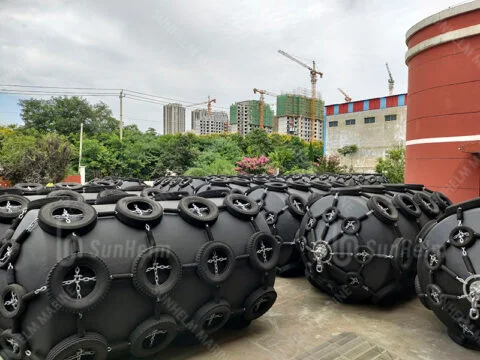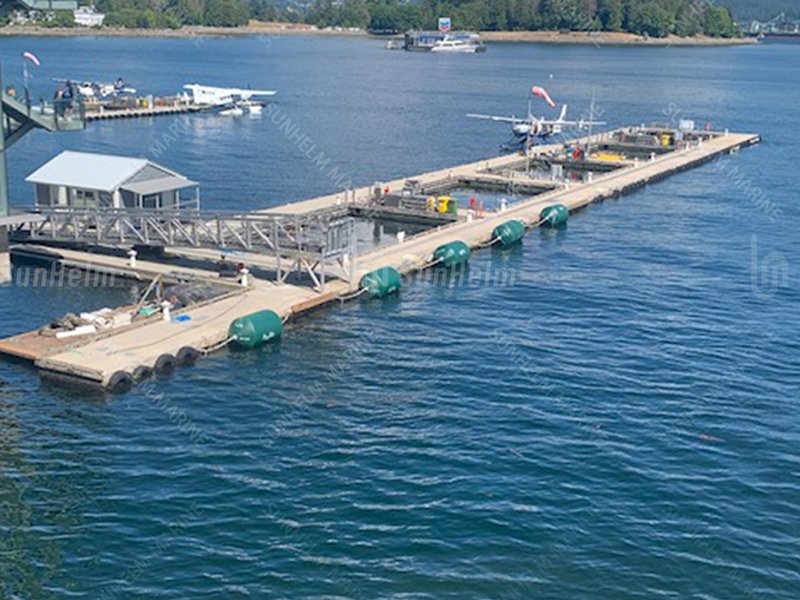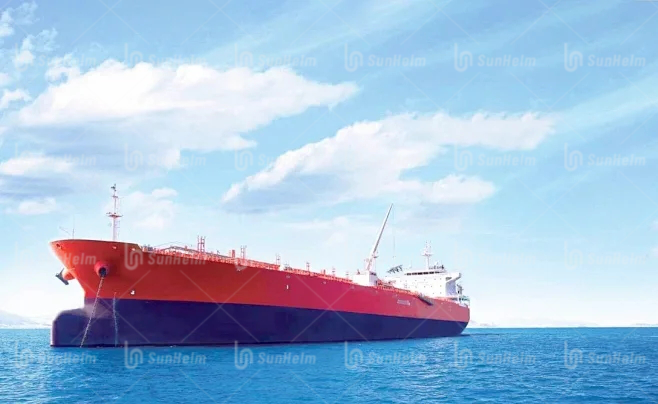In maritime operations, “primary fenders” refer to the main line of defense positioned along a ship’s parallel body to absorb impact during berthing or ship-to-ship (STS) transfers. These floating or fixed bumpers—made of pneumatic, rubber, or foam materials—protect hulls and docks from damage by dissipating kinetic energy while maintaining low reaction forces.
Why This Matters Now
When ships dock or transfer cargo at sea, those fleeting seconds of contact are crucial—but often overlooked. A collision or hard impact can cause serious structural damage, delays in turnaround times, and costly repairs. Imagine a tanker arriving at a remote terminal, only to be delayed for weeks due to hull damage—and the financial impact multiplies quickly. With shipping lanes at peak use and port operations facing tight schedules, the proper selection and placement of primary marine fenders is more urgent than ever.
Featured Snippets
What is a primary ship fender?
Primary ship fenders are the main protective buffers located along the vessel’s side to absorb berthing energy and prevent hull damage.
Why are they essential in STS operations?
During ship-to-ship transfers, primary marine fenders float between vessels, cushioning perpendicular impact and ensuring safe energy absorption.
How are primary fenders selected?
They’re chosen based on vessel size, energy calculations during berthing, berthing conditions, and desired reaction force and hull pressure.
Why You Should Keep Reading
- Discover how Sunhelm’s expertise in marine fenders reduces damage risks and maintenance costs
- Learn step-by-step how to calculate berthing energy and choose the right ship fenders
- Explore real-world use cases and FAQs that determine which fender type fits your operation best
Sunhelm’s Expert Take on Marine Fenders
At Sunhelm, we understand that a ship’s docking experience hinges on the reliability of its fendering system. Here’s how we guide you:
Berthing Energy Analysis
We calculate the ship’s approach speed, tonnage, and dock structure specifics to determine required energy absorption.
Type Selection
Pneumatic fenders

Pneumatic fenders, also called Yokohama fenders, use a tough rubber shell with reinforced layers and are filled with air. They absorb impact and protect ships and docks.
Advantages:
- Very low reaction force: The air cushion absorbs a lot of energy with little bounce, which is great for tankers, LNG ships, and other sensitive vessels.
- Flexible: The air moves inside, so it adapts to angled or uneven contact and spreads out the force.
- Easy to transport and install: You can deflate them for shipping and inflate them when needed, making them great for offshore and temporary setups.
Drawbacks:
- They can leak: If the rubber shell gets damaged, the fender loses air and won’t cushion well.
- Require regular checks: You need to check and refill air every few months and look for wear on the surface.
- Shorter life: They usually last around 8–10 years and may wear out faster if damaged.
Where to use them:
- Ship-to-ship operations: Their low bounce and energy absorption makes them ideal for these transfers.
- Floating docks or temporary berths: You can move them, install them quickly, and adjust them as needed.
Foam-Filled Fenders

Foam-filled fenders have a solid foam core (like EVA or PE) covered by a tough polyurethane skin. The foam spreads out the force evenly.
Advantages:
- High energy absorption: They absorb about 40% more impact than pneumatic fenders, making them ideal for large ships and heavy-duty use.
- Low reaction force, great cushioning: The foam spreads the pressure gently, protecting both ship and dock.
- Don’t leak: Even if the outer layer gets damaged, they won’t lose function, though performance might dip.
- Last longer: The tough skin resists chemicals, UV, and wear—so they need little maintenance and can last 10–25 years.
Drawbacks:
- More expensive: They cost 2–3 times more than pneumatic fenders of the same size.
- Harder to ship and install: You can’t compress them, so they need big cranes and space to handle.
- Foam quality matters: Cheap foam can deform under pressure, so you need to verify quality and pick a trusted maker.
Where to use them:
- Permanent heavy-duty berths: They’re common at container, cruise, and oil terminals.
- Harsh environments: They work well in polar areas, military docks, or offshore platforms.
Placement & Maintenance
Primary fenders are installed along the parallel midship; secondary ones safeguard bow and stern ends. We also advise on inspection schedules to maintain optimum inflation, mounting, and wear resistance.
Results You Can Expect
Reduced hull and dock repair costs
Enhanced operational efficiency—quicker berthing, less downtime
Stronger safety margins for personnel and cargo
Final Words
Primary fenders are a ship’s frontline defense—crucial for guarding hulls, docks, and crew during berthing. As maritime operations become busier and more precise, Sunhelm is your trusted partner in designing and implementing the optimal fender solution. Let’s work together to avoid costly collisions and enhance docking safety—get in touch today.
FAQ
- What is the function of primary marine fenders?
They act as the ship’s first line of defense to absorb berthing forces and shield hulls and port structures. - How do primary and secondary fenders differ?
Primary fenders line the ship’s sides; secondary fenders protect bow and stern areas during misalignment. - What types of marine fenders are used as primary fenders?
Floating pneumatic (Yokohama), foam-filled, and solid rubber variants are common, selected by energy absorption requirements and berthing conditions. - How do you calculate the correct size for ship fenders?
You perform a berthing energy analysis—using vessel displacement, velocity, mass, and port design—to determine size and quantity.


